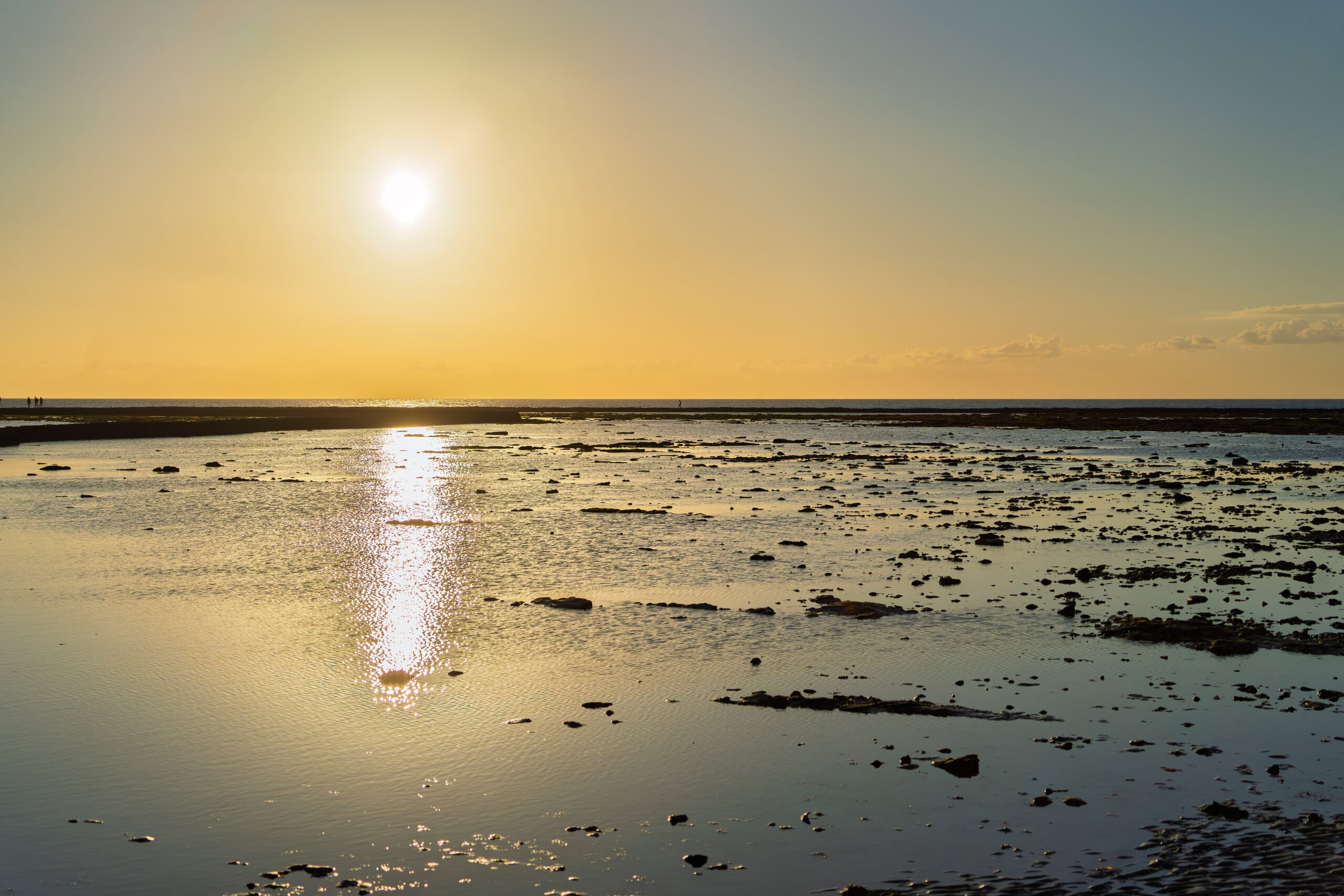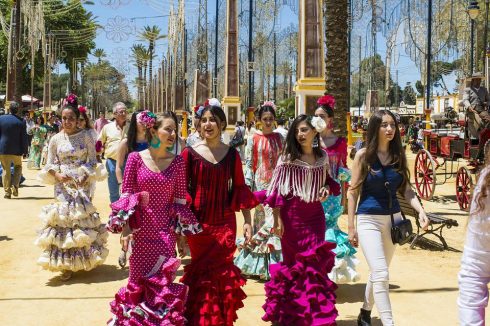WHILE it’s blowing a hoolie outside and well over 35 degrees in the sun, I’m sitting in deep shade and wondering what amazing culinary creation is going to appear next on my table.
This is La Traina, in Zahora, one of the true dining secrets of Andalucia.
Tucked away down a scruffy potholed lane somewhere between Vejer de la Frontera and Zahara de los Atunes you are not going to find it by accident.
And don’t expect silver service and menus in English or German…This is, after all, the Costa de la Luz – the Coast of Light – and a million miles away from its nearby cousin the Costa del Sol. Indeed the costas in general.
This is a coastline of castles and carpaccios, calas and corvina (one of its best local fish)… the perfect blend of nature and its best ingredients.
This is a coastline of gems; historic Tarifa, the bridgehead for the Moors in Spain and a crossing point for centuries and beautiful Vejer, with its cobbled streets and dynamic restaurant scene.
This is a coastline of laid back, low rise resorts; Roman Bolonia and the biggest sand dune in europe, entertaining El Palmar, with its party crowd and surf, and alternative Canos de Meca, with its quirky, laid back feel.
But what best sums up this long stretch of coastline for me is restaurants like La Traina, or other hidden spots like Patria, Castelleria or Punta Sur.
These are right at the top of their game and all sit in leafy gardens, often high in the hills and sometimes with views to die for.
But even better they are surrounded by southern Spain’s most evocative stretch of coast, a canvas of contours and colours, a backdrop of Africa, and all illuminated by the most extraordinary changing light.
It’s everything you could want for a beach holiday: Long, unspoilt (and often empty) beaches, windswept sand dunes and a smell of mimosa and rosemary, alongside shady umbrella pines.
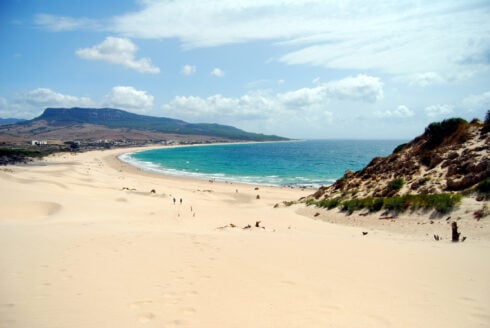
Practically unique to Spain these days, and sadly busier and busier each summer, what you really need to do is explore.
One of my favourite drives is the 15 minute journey from Zahara de los Atunes to Barbate. I actually walked it this Spring, but you’ll need a couple of hours.
A genuine tardis between two worlds, Zahara is the quintessential home of affluence; a golden magnet for stylish restaurants and a flotilla of Range Rovers and Teslas come peak holiday season.
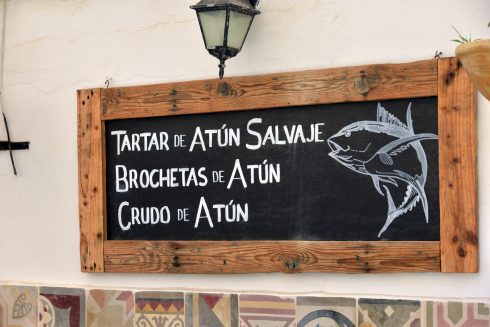
In contrast, Barbate is a new town created by dictator Francisco Franco, a pockmarked working class place with high unemployment and ugly 1960s tower blocks.
What they share though, is privilege. A surrounding patchwork of greenery and long, unspoilt beaches, only broken up by inlets from the sea and a forest of pines.

This is what much of Andalucia’s coastline would have looked like half a century ago, with only the Cabo de Gata in Almeria coming near to match its beauty.
What this stretch of coastline has in particular though is a variety of ancient and historic towns and villages.
Laid back and unshowy, its friendly, unfussy locals complement the breathtaking scenery and distinctive vibe.
Vejer, in particular, has an incredible mix of stylish boutique hotels and one of the best selection of high quality eateries in all of Andalucia (see overleaf).
Tarifa has an altogether different feel. This is a town for watersports lovers and a place to party, especially in summer, when it is heaving with buzzing nightspots open until the early hours.
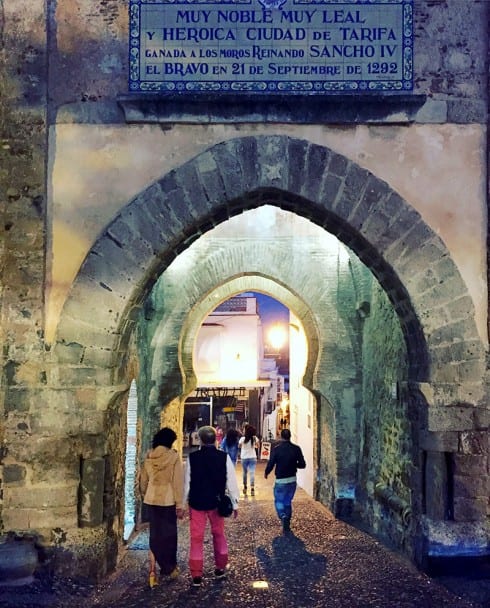
But it also has a melting pot of worldly Spaniards and expats, who make for a distinct Tarifa scene, also with its fair share of restaurants and shops.
It is also one of the few towns in southern Spain – thanks in large to its wind – that still has a bit of life in the winter.
It also has a fair share of history with the Moors first arriving in Tarifa in 710AD making it their main bridgehead into southern Spain.
The Moors ruled this land for nearly 800 years and its historic ramparts are littered with references to the stirring catholic heroes who battled them, some with statues, including Sancho El Bravo and Guzman el Bueno.
You’ll love its ancient old town gateways, and the narrow cobbled streets of its old town, which still include an ancient fish market and plenty of fascinating buildings.
Heading up the coast from Tarifa, history lovers must seek out the famous Trafalgar lighthouse – off which the key naval battle once took place as well as the ancient fishing village of Sancti Petri, near Chiclana.
Chiclana’s eight kilometres of golden beach meanwhile remain refreshingly uncrowded – populated mostly by Spanish families from inland cities like Sevilla.

There’s a kind of untouched purity to the place. The town centre offers a maze of Moorish-era alleys and historic buildings, like the clock-tower gate of Arco Torre del Reloj.
Next door Conil meanwhile is an attractive place that hugs its own beach.
Renowned for the local seafood it was crowned the 2024 Gastronomic Town of Spain and also has a vibrant nightlife scene.
Look out for the Torre de Guzman, an old military fortification dating back to the 14th century.
Secret spots
One of my favourite must visits on the Costa de la Luz are the Roman ruins at Bolonia.
This well preserved museum showcases the success Roman merchants had on this stretch of Cadiz coastline and the nearby beach and its giant sand dune warrant a half day at least.
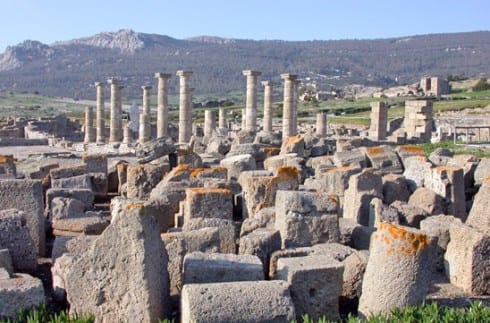
Best of all, is the half an hour walk from Bolonia to secret El Canuelo beach, where you will find just cows, the celebrated brown retinto kind of the region.
I also love the amazing walk through umbrella pines to the Torre del Tajo, high above Barbate, which finally gives out one of the best views in Christendom.
And then there is the stunning dovecote at El Palomar de la Brena, plus the historic inland gem of Medina Sidonia. And, if you are still looking for more, how about San FernandoA cur?
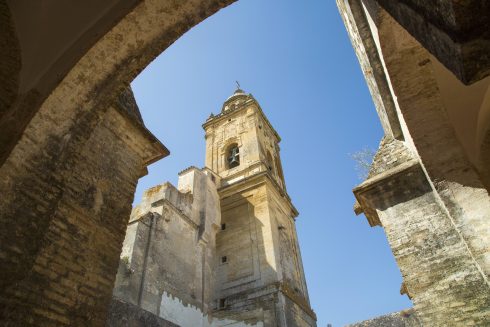
This is where Camaron de la Isla, the legendary flamenco singer, hails from.
His childhood home now functions as a somewhat sanitised museum and this is a little-visited town with plenty of interesting nooks and crannies.
Further west, Rota offers an unexpected blend of beach life and military might. Here, whitewashed homes sit beside an imposing American naval base – one of the largest in Europe.
And let’s not forget the grand old city of Cadiz, said to be Spain’s most ancient and big back in Phoenician time.
Oh the incredible lightness of being!
READ MORE: SPOTLIGHT: Denia in Spain has been itself for 2,000 years, being recognised by UNESCO
Click here to read more Olive Press Travel News from The Olive Press.

